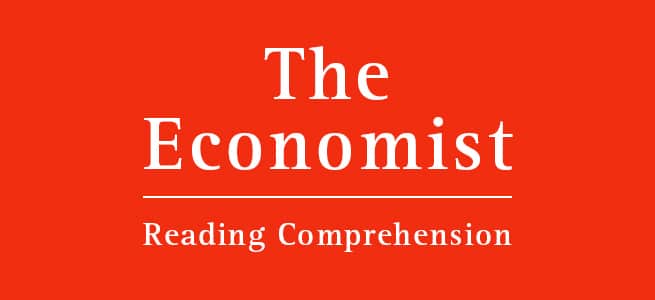Economist GMAT Reading Comprehension Challenge #11
New to using Economist articles to improve GMAT reading comprehension? Go ahead and start at the GMAT Reading Comprehension Challenge home page.
Article: Adding new DNA letters make novel proteins possible
The fuzzy specks growing on discs of jelly…six chemical letters instead of the usual four.
- Fuzzy specks (e. coli) look normal but are different because they have 6 chemical letters instead of the usual 4.
Every other organism on Earth relies…the genome of E. coli as well.
- Every other organism relies on 4 chemical letters.
- In 2014 Dr. R announced a new, unnatural “base pair”, x and y, and placed them into E. coli (fuzzy specks) bringing the chemicals from 4 to 6.
Kept supplied with sufficient quantities…drug called interleukin-2.
- Importantly, the new cells replicate the “enhanced DNA (6 chemical)” and their descendents do too.
- The new cells can make new proteins that never existed and could be useful.
- Synthorx might be able to create a less toxic cancer drug.
In a normal cell..The resulting string of amino acids is a protein.
- Protein making is a factory like operation with several steps that starts with DNA and finishes with a string of amino acids that is a protein.
This arrangement has long been exploited…a wider range of properties.
- The protein factory has long been used to create drugs.
- The unnatural protein factory (UPF) could be used the same way but would permit a wider range of properties.
Others have tried to achieve this…152 extra codons on top of the existing 64.
- Others have used a modified but normal protein factory (repurposing extra “stop” codons) to create new combinations but that is very limited compared to what’s possible with the new process which has two published successes.
Dr Romesberg and Laura Shawver, Synthorx’s boss…“but they have to live to tell the tale”.
- Cancer treatment (interleukin) chosen because of its power to kill cancer but also because of it’s devastating side effects (what they hope to fix with the unnatural protein factory)
Interleukin-2 works by binding…attaching polyethylene glycol (peg) molecules to it.
- Interleukin works by binding to and stimulating lymphocytes.
- If A, B, and G all bond (strong bond) there are side effects.
- If only B and G no side effects so that is the goal with the unnatural protein factory.
- Experiments have shown this is possible by attaching a PEG molecule.
The trick is to make the pegs stick…human trials later this year.
- Synthorx has created modified interleukin with the UPF on which the PEG molecules stick.
- Worked on mice looking to do human trials.
Dr Shawver sees thor-707…woven into soft materials, perhaps.
- Synthorx has other synthetics in the pipeline.
- System is good because cells still function normally.
- Almost any designer protein can be created.
Nor need those who worry…get far in the wild.
- No danger of modified organisms escaping
- Without a steady supply of extra x, and y can’t survive.
Primary Purpose:
To introduce a scientific breakthrough and discuss some of its implications.
Main Idea:
Creating cells with enhanced DNA has opened up the possibility to engineer an almost unlimited variety of new proteins that could lead to new drugs or even benefit industry.

